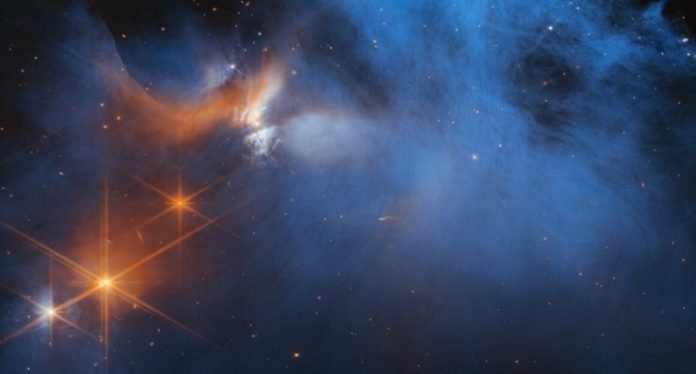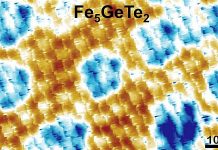
Dark matter remains one of the greatest mysteries of modern physics.
It must exist, because without dark matter, for example, the motion of galaxies cannot be explained. But it has never been possible to detect dark matter in an experiment.
Currently, there are many proposals for new experiments:
They aim to detect dark matter directly via its scattering from the constituents of the atomic nuclei of a detection medium, i.e., protons and neutrons.
A team of researchers—Robert McGehee and Aaron Pierce of the University of Michigan and Gilly Elor of Johannes Gutenberg University of Mainz in Germany—has now proposed a new candidate for dark matter: HYPER, or “HighlY Interactive ParticlE Relics.”
In the HYPER model, some time after the formation of dark matter in the early universe, the strength of its interaction with normal matter increases abruptly—which on the one hand, makes it potentially detectable today and at the same time can explain the abundance of dark matter.
The new diversity in the dark matter sector
Since the search for heavy dark matter particles, or so-called WIMPS, has not yet led to success, the research community is looking for alternative dark matter particles, especially lighter ones.
At the same time, one generically expects phase transitions in the dark sector—after all, there are several in the visible sector, the researchers say. But previous studies have tended to neglect them.
“There has not been a consistent dark matter model for the mass range that some planned experiments hope to access. “However, our HYPER model illustrates that a phase transition can actually help make the dark matter more easily detectable,” said Elor, a postdoctoral researcher in theoretical physics at JGU.
The challenge for a suitable model: If dark matter interacts too strongly with normal matter, its (precisely known) amount formed in the early universe would be too small, contradicting astrophysical observations. However, if it is produced in just the right amount, the interaction would conversely be too weak to detect dark matter in present-day experiments.
“Our central idea, which underlies the HYPER model, is that the interaction changes abruptly once—so we can have the best of both worlds: the right amount of dark matter and a large interaction so we might detect it,” McGehee said.
And this is how the researchers envision it: In particle physics, an interaction is usually mediated by a specific particle, a so-called mediator—and so is the interaction of dark matter with normal matter.
Both the formation of dark matter and its detection function via this mediator, with the strength of the interaction depending on its mass: The larger the mass, the weaker the interaction.
The mediator must first be heavy enough so that the correct amount of dark matter is formed and later light enough so that dark matter is detectable at all. The solution: There was a phase transition after the formation of dark matter, during which the mass of the mediator suddenly decreased.
“Thus, on the one hand, the amount of dark matter is kept constant, and on the other hand, the interaction is boosted or strengthened in such a way that dark matter should be directly detectable,” Pierce said.
New model covers almost the full parameter range of planned experiments
“The HYPER model of dark matter is able to cover almost the entire range that the new experiments make accessible,” Elor said.
Specifically, the research team first considered the maximum cross section of the mediator-mediated interaction with the protons and neutrons of an atomic nucleus to be consistent with astrological observations and certain particle-physics decays.
The next step was to consider whether there was a model for dark matter that exhibited this interaction.
“And here we came up with the idea of the phase transition,” McGehee said. “We then calculated the amount of dark matter that exists in the universe and then simulated the phase transition using our calculations.”
There are a great many constraints to consider, such as a constant amount of dark matter.
“Here, we have to systematically consider and include very many scenarios, for example, asking the question whether it is really certain that our mediator does not suddenly lead to the formation of new dark matter, which of course must not be,” Elor said. “But in the end, we were convinced that our HYPER model works.”
The research is published in the journal Physical Review Letters.



